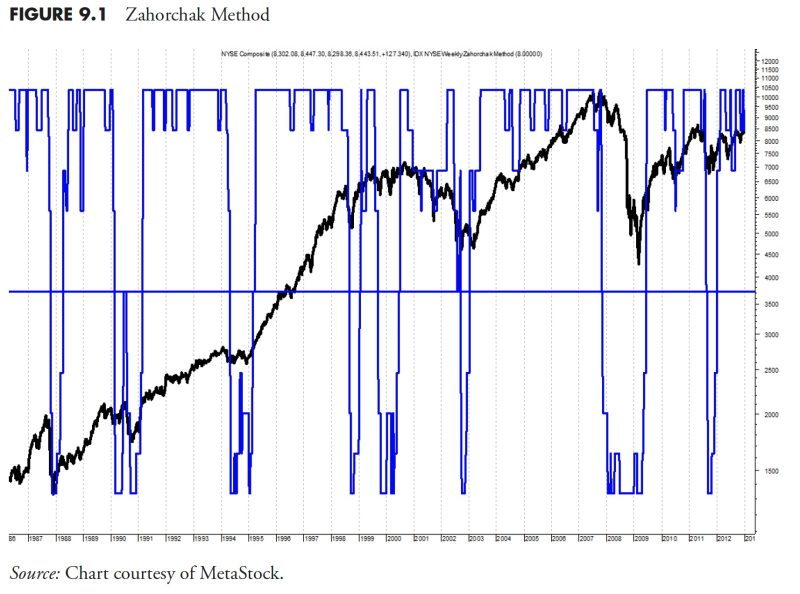Market Research and Analysis Part 1: Why Technical Analysis?
Technical analysis is a key component of market research and analysis, offering valuable insights into market trends and potential future price movements. Traders and investors alike rely on technical analysis to make informed decisions and identify lucrative opportunities in the ever-changing financial landscape. In this article, we delve into the reasons why technical analysis holds such significance in the world of trading and investing.
1. Historical Price Analysis:
One of the primary reasons why technical analysis is widely used is its focus on historical price data. By analyzing past price movements, patterns, and trends, traders can better understand how an asset has behaved in the past. This historical perspective can provide valuable insights into potential future price movements based on recurring patterns or trends.
2. Market Psychology:
Technical analysis also takes into account market psychology, understanding that market participants are not always rational and can be swayed by emotions such as fear and greed. By analyzing price charts and patterns, traders can gain a deeper understanding of market sentiment and behavior, allowing them to make more informed trading decisions.
3. Trend Identification:
Another crucial aspect of technical analysis is its ability to identify trends in the market. By analyzing price charts and indicators, traders can determine whether an asset is in an uptrend, downtrend, or range-bound. This trend identification can help traders make educated predictions about future price movements and adjust their strategies accordingly.
4. Support and Resistance Levels:
Technical analysis also focuses on identifying key support and resistance levels on price charts. These levels represent points at which an asset is likely to encounter buying or selling pressure, leading to potential price reversals. By understanding these levels, traders can set price targets, stop-loss orders, and entry/exit points with greater precision.
5. Risk Management:
Effective risk management is essential in trading and investing, and technical analysis plays a crucial role in this aspect. By analyzing historical price data and market trends, traders can more accurately assess the potential risks associated with a trade and adjust their position sizes, stop-loss orders, and risk-reward ratios accordingly.
6. Timing Entry and Exit Points:
Technical analysis is also valuable for timing entry and exit points in the market. By analyzing price charts and indicators, traders can pinpoint optimal entry points for initiating a trade and identify potential exit points for taking profits or cutting losses. This precision in timing can significantly impact the overall profitability of a trading strategy.
In conclusion, technical analysis is a fundamental tool in market research and analysis, providing traders and investors with valuable insights into price trends, market sentiment, and potential future price movements. By leveraging historical price data, market psychology, trend identification, support and resistance levels, risk management, and precise timing of entry and exit points, traders can make more informed decisions and enhance their overall trading success. Stay tuned for Part 2 of our market research and analysis series for a deeper dive into advanced technical analysis techniques and strategies.
